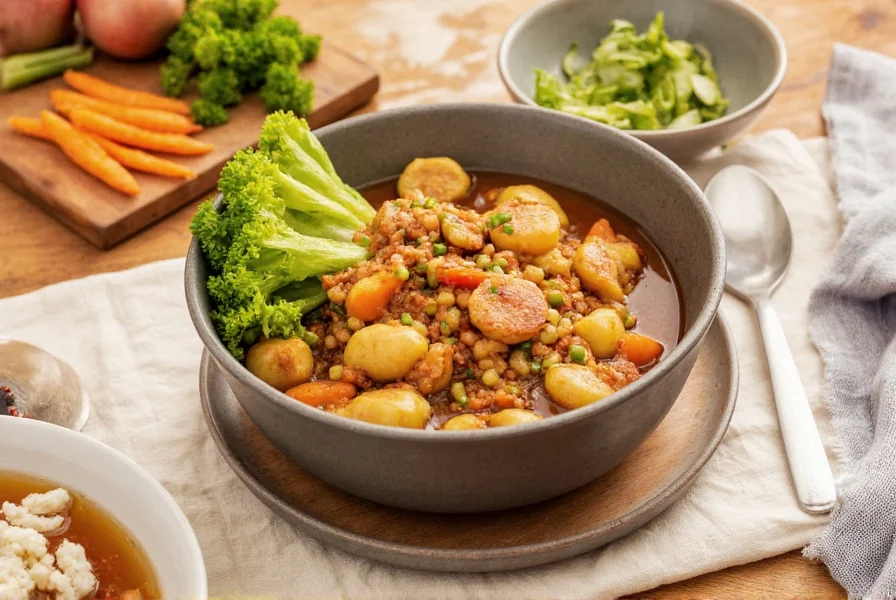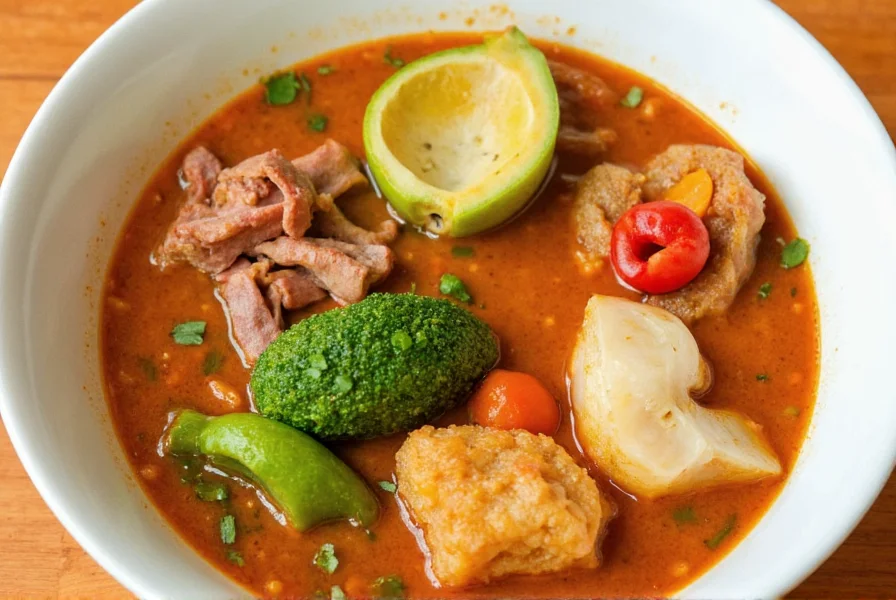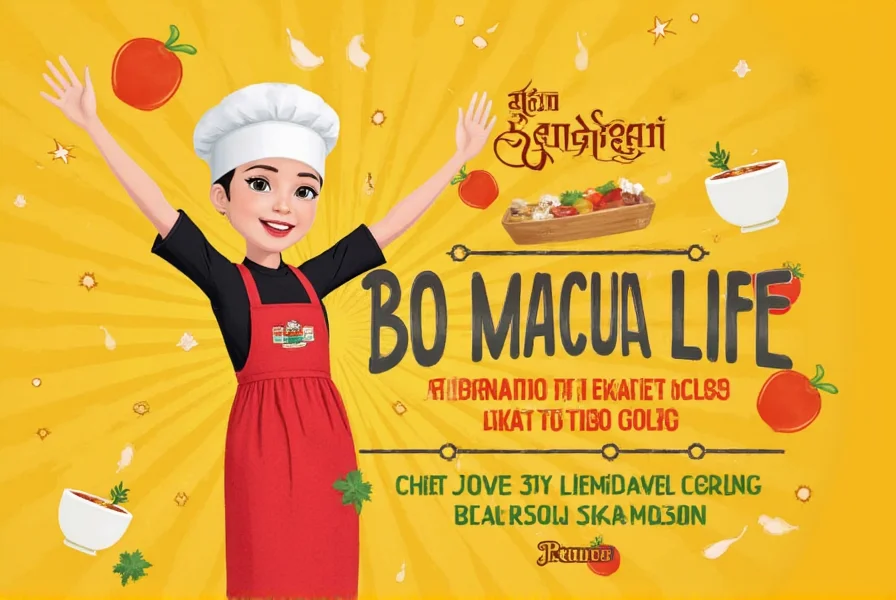Spice Up Your Life: A Bo Kho Recipe Adventure Across the Globe
Table of Contents
Introduction to Bo Kho and Global Spices
Bo kho, a beloved Vietnamese dish, is more than just a meal—it’s a celebration of flavor, culture, and tradition. Known for its rich, aromatic broth and tender beef, bo kho is often compared to French bouillabaisse or Italian ragù, but it has its own unique identity shaped by centuries of spice use across the globe.
Spices are the soul of any cuisine, and in Vietnam, they play a crucial role in creating depth and complexity in dishes like bo kho. From the warm notes of star anise to the smoky undertones of lemongrass, each ingredient tells a story of trade, migration, and culinary evolution. Whether you're a seasoned chef or a home cook with a passion for global flavors, exploring the world of spices through bo kho can be both educational and delicious.

Global Spice Traditions That Inspired Bo Kho
While bo kho is distinctly Vietnamese, its roots are intertwined with the broader history of global spice trade. Let’s take a quick journey through some of the most influential spice traditions that helped shape this iconic dish:
1. The Influence of Chinese Spices
Vietnam has long been influenced by its northern neighbor, China. Ingredients like ginger, garlic, and star anise were introduced through cultural exchange and trade routes. These ingredients bring warmth and depth to the bo kho broth, making it both comforting and complex.
2. The Role of Indian Spices
Indian spices like cumin, turmeric, and coriander found their way into Southeast Asian cooking through ancient maritime trade. While not directly used in traditional bo kho, these spices inspired the development of other Vietnamese stews and broths, contributing to the overall spice culture that influences modern variations of the dish.
3. The Power of Thai and Cambodian Spices
Neighboring countries like Thailand and Cambodia also played a role in shaping the spice palette of Vietnam. Chili peppers, lemongrass, and kaffir lime leaves are commonly used in Southeast Asian cooking, and they add a bright, zesty contrast to the richness of bo kho.
4. The Rise of European Spices in Vietnam
During the colonial period, European spices such as black pepper, cloves, and cinnamon made their way into Vietnamese kitchens. These ingredients are now staples in many traditional recipes, including bo kho, where they add layers of flavor and aroma.
Practical Tips for Cooking Bo Kho at Home
Cooking bo kho might seem intimidating, but with a few tips and tricks, you can recreate this flavorful dish in your own kitchen. Here are some practical steps to guide you:
- Use Fresh Ingredients: Fresh meat, vegetables, and herbs make all the difference. Look for high-quality beef cuts like chuck or brisket for the best texture and flavor.
- Build the Broth Slowly: A good bo kho broth requires time and patience. Simmer the meat and spices together for several hours to extract maximum flavor.
- Balance the Flavors: Bo kho should have a perfect balance of savory, sweet, and sour notes. Add a splash of fish sauce for umami, a squeeze of lime for brightness, and a touch of sugar to round out the flavors.
- Experiment with Spices: Don’t be afraid to tweak the spice mix to suit your taste. Some people prefer more chili, while others like it milder. Adjust accordingly!
- Serve with Rice or Noodles: Bo kho is typically served with steamed rice or vermicelli noodles. The broth is rich enough to enjoy on its own, but pairing it with starch adds a satisfying contrast.

Buying Guide: Essential Spices for Bo Kho
If you’re planning to make bo kho at home, having the right spices is key. Here’s a detailed buying guide to help you select the best ingredients:
| Spice | Features | Advantages | Use Cases | Target Audience | Suitable Occasions |
|---|---|---|---|---|---|
| Star Anise | Distinctive licorice-like flavor | Enhances broth depth and aroma | Bo kho, soups, stews | Cooking enthusiasts, home chefs | Dinner parties, family meals |
| Garlic | Strong, pungent aroma | Boosts umami and enhances flavor | Bo kho, stir-fries, sauces | All levels of cooks | Daily meals, special occasions |
| Lemongrass | Citrusy, slightly floral | Provides freshness and fragrance | Bo kho, seafood, curries | Vegetarians, health-conscious eaters | Gourmet dinners, potlucks |
| Chili Peppers | Heat level varies from mild to spicy | Customizes heat and flavor intensity | Bo kho, salsas, marinades | Spice lovers, adventurous cooks | Summer gatherings, casual dinners |
| Fish Sauce | Salty, fermented, umami-rich | Essential for Vietnamese cuisine | Bo kho, dressings, dipping sauces | Traditional cooks, international chefs | Cultural events, festive meals |
When purchasing spices, look for organic, high-quality options to ensure the best results. You can find these ingredients at local spice shops, specialty stores, or online retailers. For a truly authentic experience, consider using whole spices and grinding them yourself for maximum flavor.

Conclusion: Embrace the Flavor of the World
Bo kho is more than just a dish—it’s a gateway to understanding the vast and diverse world of global spices. From the influence of Chinese and Indian spices to the impact of European trade, every element of this recipe reflects centuries of culinary exchange and innovation.
By learning about the origins of these ingredients and how they come together in bo kho, you can deepen your appreciation for food and its cultural significance. Whether you’re a seasoned chef or a curious home cook, there’s always something new to discover in the world of spices.
So next time you sit down to enjoy a bowl of bo kho, take a moment to savor not just the flavors, but the stories behind them. After all, the best meals are those that connect us to our past and inspire us to explore the future of flavor.











 浙公网安备
33010002000092号
浙公网安备
33010002000092号 浙B2-20120091-4
浙B2-20120091-4